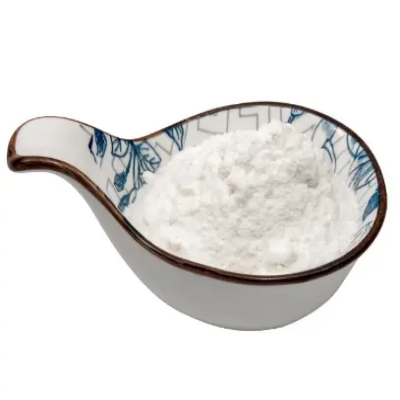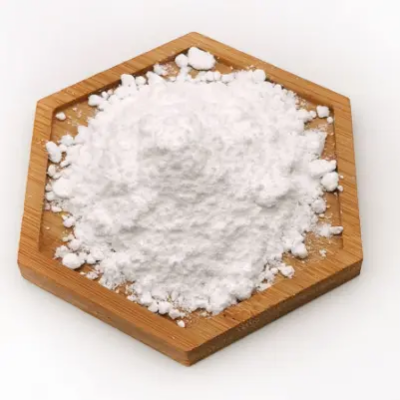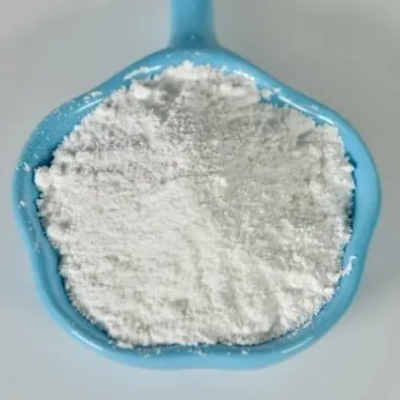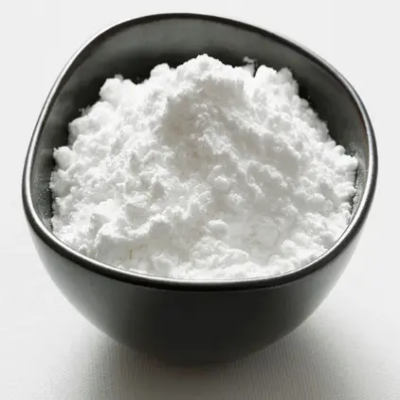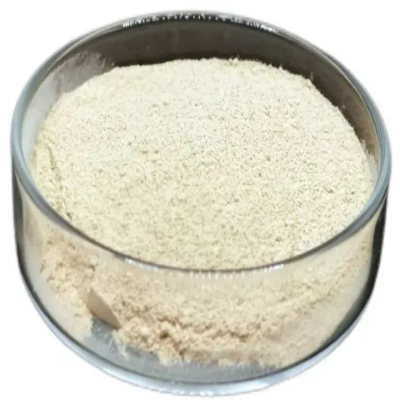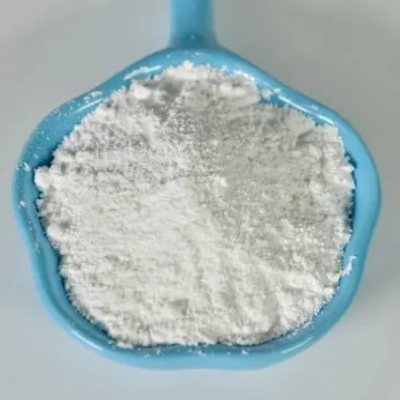2-IODOBENZOYL CHLORIDE CAS:609-67-6
2-Iodobenzoic chloride, also known as 2-iodobenzoyl chloride, is characterized by its distinct structure that includes an acyl chloride group (-COCl) directly bonded to a benzoic acid framework with an iodine substituent at the ortho position. The presence of the iodine atom imparts unique electronic properties to the molecule, making it a valuable building block for various chemical reactions. One of the primary applications of 2-iodobenzoic chloride is in synthetic organic chemistry. As an acyl chloride, it readily participates in nucleophilic acyl substitution reactions, allowing it to react with amines, alcohols, or thiols to form corresponding amides, esters, and thioesters. These transformations are crucial in the development of pharmaceutical compounds, including analgesics, anti-inflammatory agents, and other therapeutics. The iodine substituent also enhances the electrophilicity of the carbonyl carbon, facilitating these reactions and increasing yield efficiency. Furthermore, 2-iodobenzoic chloride can be employed in cross-coupling reactions, such as Suzuki and Sonogashira couplings, where it acts as an electrophilic partner. In these processes, the iodide group serves as an excellent leaving group, allowing the formation of new carbon-carbon bonds with various nucleophiles. This ability to form complex molecular architectures makes it an attractive intermediate in drug discovery and materials science. In addition to its role in pharmaceutical synthesis, 2-iodobenzoic chloride is also utilized in the production of agrochemicals and fine chemicals. Its reactive nature allows chemists to design tailored compounds with specific functionalities required for effective biological activity. Moreover, this compound has significant relevance in the field of materials science. It can serve as a precursor for synthesizing polymers and advanced materials, especially those requiring functional groups that enhance thermal stability and solubility. The incorporation of iodine into polymer matrices can confer unique properties, making them suitable for specialized applications in electronics and coatings. Research on 2-iodobenzoic chloride also contributes to our understanding of reaction mechanisms in organohalogen chemistry. By studying its reactivity patterns, chemists can gain insights into the influence of halogen substituents on aromatic systems and develop new synthetic methodologies. In conclusion, 2-iodobenzoic chloride is an essential compound with diverse implications in organic synthesis, pharmaceuticals, agrochemicals, and materials science. Its unique structural features and reactivity enable a wide range of applications, driving ongoing research aimed at exploring its full potential. As advancements continue in synthetic strategies, 2-iodobenzoic chloride remains a pivotal building block in the quest for innovative chemical solutions.



| Composition | C7H4ClIO |
| Assay | 99% |
| Appearance | white powder |
| CAS No. | 609-67-6 |
| Packing | Small and bulk |
| Shelf Life | 2 years |
| Storage | Store in cool and dry area |
| Certification | ISO. |




